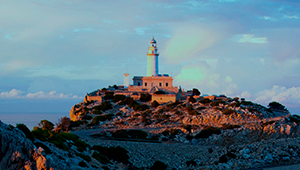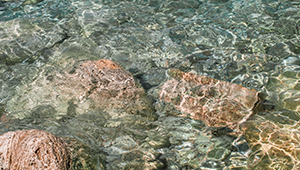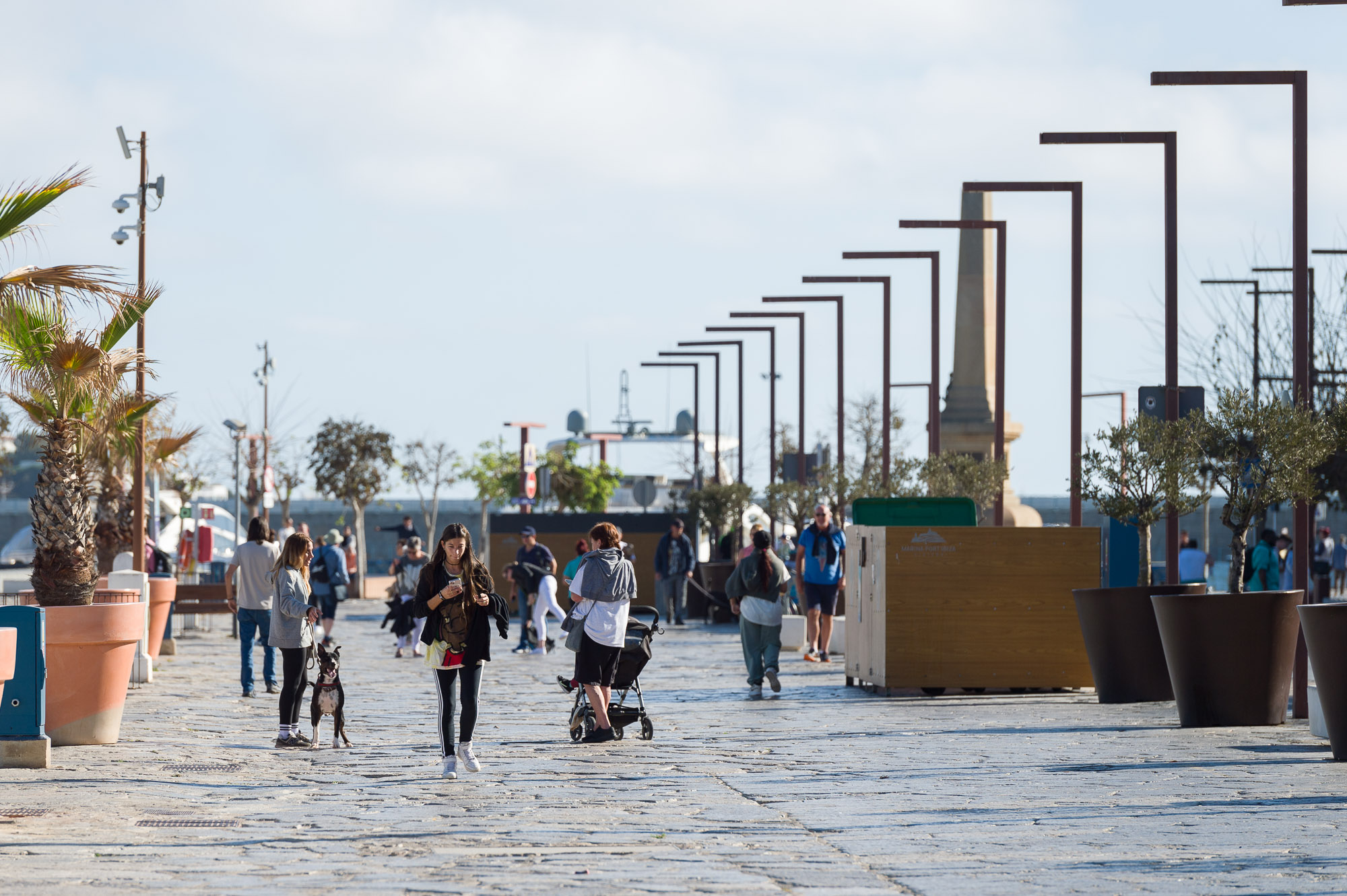The Port Authority of the Balearic Islands (APB) announced at today's annual meeting of the Navigation and Port Council of the Port of Mahón the results of its actions and the planned investment programme for the port of Mahón, which includes a budget of more than €97 million between 2025 and 2030. The tender for the new Cós Nou maritime station, the commissioning of the first electrical connection point for ships and the transformation of the southern shore of the port will be the focus of activities in 2026.
In the first quarter of 2026, the first electrical connection point for ships with OPS technology will come into service at the Cós Nou docks. The new infrastructure, with a budget of around three million euros, will make it possible for ferries to connect to the onshore electricity grid and significantly reduce emissions and noise during their stay in port.
Also, within the first three months of next year, work will be completed on the connection between Cala Corb and the Muelle d'en Pons, with an investment of around two million euros. The project was halted due to the discovery of an endemic coral in the area, which had to be relocated to another part of the port.
However, one of the most notable milestones for the coming financial year is the tender for the construction of the new Cós Nou maritime station. The basic design and construction project, drawn up by the Port Maó joint venture, formed by the companies Grimalt Nadal Morey Enginyers and Barceló-Balanzó Arquitectes, has a budget of over half a million euros and will get underway with the aim of opening the new building at the end of 2027.
Participatory process
The port of Mahón is fully immersed in the participatory process ‘Port Maó. Horitzó 2030’, announced a year ago to the port community. This is a citizen participation strategy to collectively reflect on the future of the southern shore of the port of Mahón. All the contributions gathered during this process will form part of the base material that will be integrated into the drafting of the preliminary urban development project.
The tender for the management of a nautical facility, focused primarily on the promotion of the federated practice of sailing and canoeing, is also out to tender. After a lengthy exchange of views with the nautical sector, the APB has ruled out obtaining extraordinary income from fees for this concession and, in return, is committed to ensuring that the successful bidder invests in promoting the sport.
This is due to a change in the APB's strategy for evaluating concession specifications, which gives greater weight to the social aspects of future concessions than to strictly economic ones. Criteria relating to the project itself, the operating report, environmental improvements and the investment to be made can account for up to 45% of the assessment percentage, similar to the 40% allocated to the promotion of sport committed to by the bidder. Reduced rates for end users may reach up to 25%.
On the other hand, the improvement in port fees, i.e. what the APB receives annually for the occupation of public port land and the commercial activity carried out there, is reduced to 20% in this new assessment.
At today's meeting of the Navigation and Port Council in Mahón, the port community was also reminded that in 2025, one of the long-standing issues that had been pending for years was resolved, namely the need for a dry dock that meets the needs of the boat repair and maintenance sector. Last July, it was agreed to select Med Sea Yacht Services to manage the Cós Nou boat dry dock and launch facility. The concession will last for 19 years and involves a total investment of €9 million for a comprehensive reorganisation of the dry dock, modernisation and expansion of its operational capacity.
From direct to indirect management
In 2025, Nex Port Nautical Experience was awarded an eleven-year contract to manage the recreational moorings at the Poniente pier, which included the transfer to indirect management of 55 moorings that had previously been managed directly by the APB. The terms of the transfer mean an improvement in nautical services for mooring users, without this affecting the fee payable to the new concessionaire.
Of these users, 37 formally requested to join the new concession, 13 decided to remain under direct management, while 5 had their contracts terminated because their boats exceeded the eight-metre length limit in accordance with port regulations.
Users who decided to remain under direct management have been relocated to annual or temporary moorings, depending on their preferences. At present, the port of Mahón directly manages almost six hundred moorings for boats up to eight metres in length: 396 moorings throughout the year and 202 during the six months of good weather enjoyed by the port of Mahón.
In another order of magnitude, the port of Mahón will have registered the movement of almost 900,000 tonnes of goods this year 2025, nearly 10% more than in the previous financial year. Passenger numbers will be close to 230,000, 6.3% more than in 2024. In terms of the number of stopovers, the percentage increased by 7.3%, with 633 operations. All these figures together indicate the good momentum of port activity in Menorca's main port, which is a reflection of the economic and social reality of the island.
APB's social cash flow
The APB has also published data on social cash flow, an indicator that shows how the economic value generated by port activity is redistributed throughout society. This tool makes it possible to quantify the real impact of the port on the economy and the well-being of citizens, beyond its logistical function.
The ports of general interest managed by the APB generate a total of €150 million, which is distributed directly throughout the economic and social fabric of the Balearic Islands. Of the total generated, €101 million (68%) is used to pay suppliers, of which €48 million goes to companies in our islands, contributing decisively to the activity and sustainability of the local productive fabric.
Added to this impact are €32 million in taxes and duties that directly revert to the public administrations, and €10 million allocated to salaries, which reinforce employment and work activity linked to the port. In addition, €6 million is retained to finance operating expenses, agreements and social projects, a particularly important component that drives community improvement, environmental and urban integration initiatives.
Taken together, these results show that the €150 million generated by the APB is redistributed in its entirety, returning to society in the form of economic activity, jobs, public revenue and value-added programmes. The social cash flow thus confirms the port's role as an essential driver of the economic and social development of the islands.
 Lighthouses of the Balearic Islands
Lighthouses of the Balearic Islands Transparency Portal
Transparency Portal Air quality
Air quality Port Innovation Platform
Port Innovation Platform Economic and social impact
Economic and social impact Navigation aids
Navigation aids Lighthouses of the Balearic Islands
Lighthouses of the Balearic Islands Transparency Portal
Transparency Portal Air quality
Air quality Port Innovation Platform
Port Innovation Platform Economic and social impact
Economic and social impact Navigation aids
Navigation aids






















